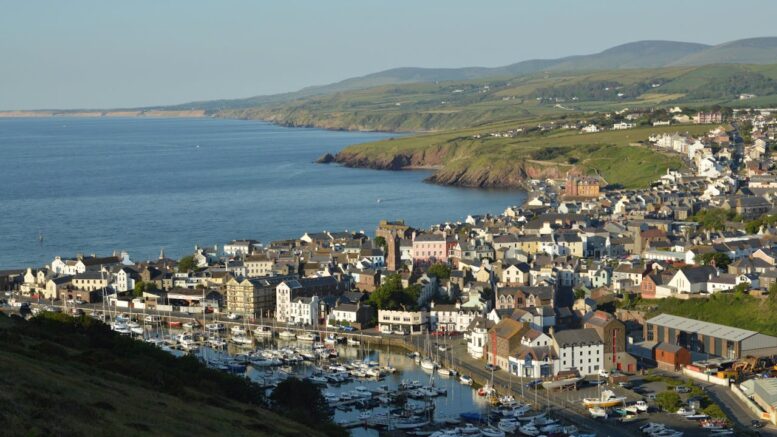The tiny country is embarking on a journey as it explores new industries as part of its vision for the future.
The Isle of Man is a crown dependency based in the North Sea.
Home to a mere 84,000 people, it is aiming to increase its population to around 100,000 by 2037.
Given its small population and unusual taxation structure (the Isle of Man has a different tax regime to the UK with 0% corporation tax for most companies), its focus of late has been on new opportunities and sectors.
The renewables sector fits into its wider targets to decarbonise the electricity supply by 2030.
The Isle of Man’ s current needs is via its connection to the United Kingdom via an interconnector cable with a capacity of 40 megawatts.
There are currently plans for a second interconnector cable. The island is targeting circa 30 megawatts of renewable energy by 2026 with the second cable to fit into this part of the strategy.
Energy in the Isle of Man is handled by the Department of Environment, Food and Agriculture (DEFA).
In the “energy strategy 2023” white paper DEFA notes this will be achieved through a focus on wind energy.
In 2023 Danish wind power giant Ørsted established an office in Douglas, capital of the Isle of Man as part of the plan to establish the island’s first ever offshore wind power farm.
The company is planning to develop a farm on the east coast, with up to 100 turbines to potentially be built. The 96 square miles off the coast were leased to the firm in 2015. It is said that up to 1.4 gigawatts could be generated from this project.
Sustainability projects on the island
There are a number of projects on the island that utilise its close environment and the opportunity to take advantage of the relatively small size.
Re-universe is one such company. The Oxford-headquartered company is undertaking a trial for its business which helps reuse coffee cups by ending single use alternatives.
Re-universe instead works by offering a single use-cup, typically with a deposit charged to it at the time of purchase. This incentivises the customer to subsequently return it. It has already carried out a trial at Blenheim Palace and is planning on using the Isle of Man to test a larger-scaled utilisation of its customer service offering.
Another business using the Isle of Man as a testing ground is Revend Group which describes itself as a “reverse vending machine”.
It allows consumers to recycle plastic bottles and other items with an instant reward offered to the customer. NatWest Bank is an existing customer, which uses the vending machines to recycle old bank cards and other items.
Revend also has its units in train stations in the UK and is hoping to expand further in the coming year.
The Isle of Man is being trialed as an area of potential as the relatively closed-system and close-knit nature of the country could help to incentivise recycling.
Also helping to boost its credentials is Eyesea. Chief operating officer Catherine Robertshaw is herself based on the island, with co-founders Graeme Somerville-Ryan and Oliver Schwarz both coming from maritime backgrounds.
Eyesea is an innovative technology. It is an app that lets users take photographs of pollution at sea, to help map pollution of our oceans on a global scale. It is aimed at professional sailors and those working in the shipping industry as well as enthusiasts.
It uses AI to help map the pollution to assist the efforts of those looking to obtain greater data on the problem.
The Isle of Man is in a unique situation as its unusual geography, openness to new technologies and need to take risks means that it is an interesting opportunity for those looking to trial or expand potential solutions.
Note: The Isle of Man Government paid for the author’s trip to the island

Be the first to comment on "Isle of Man – on a renewables journey"